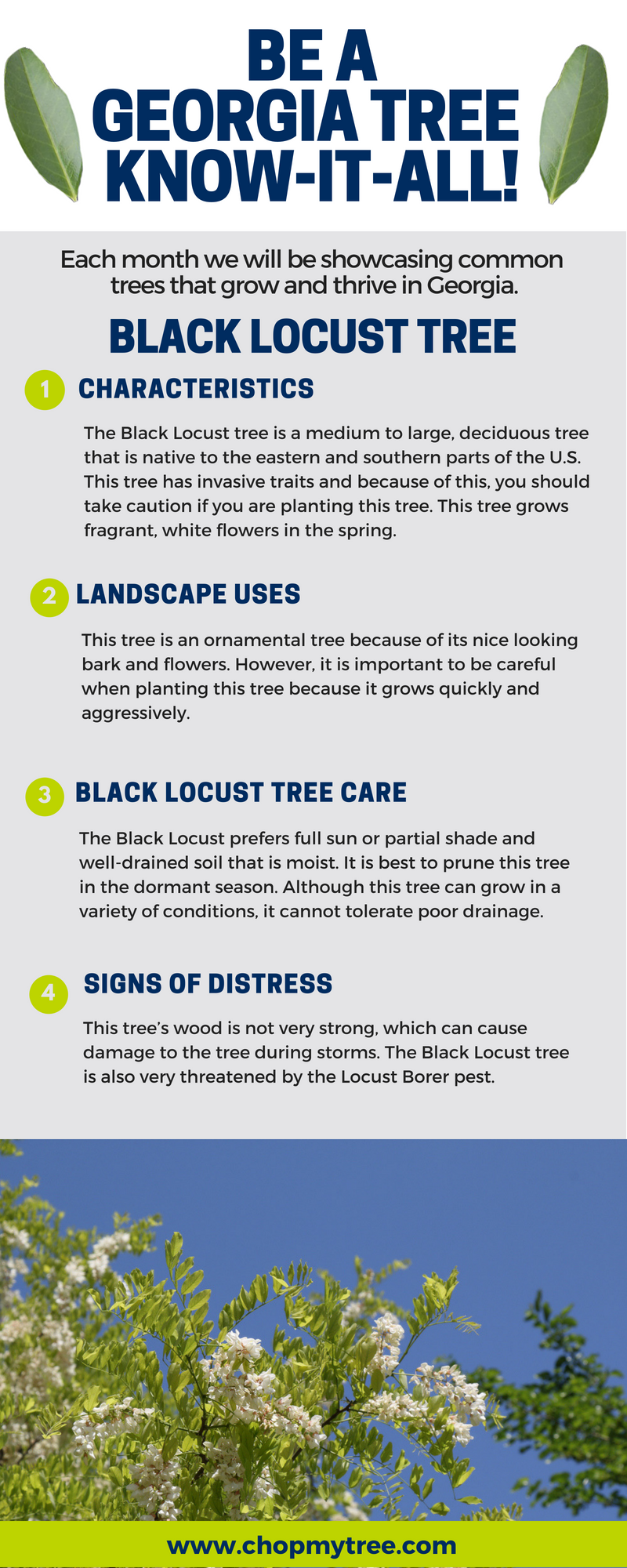Post-Tree Removal Treatment: How To Restore Your Landscape Successfully
Post-Tree Removal Treatment: How To Restore Your Landscape Successfully
Blog Article
Content By-Powell Leblanc
After a tree's elimination, your landscape might look rather different, and it's vital to assess the aftermath very carefully. You'll want to review the dirt disturbance and examine surrounding plants for any type of signs of stress. Overlooking these elements can cause larger issues down the line. So, what should you do with those stumps and roots? And exactly how do you select the best plants for your revitalized space? Allow's check out these crucial steps.
Examining the Aftermath: Evaluating Your Landscape
After a tree elimination, it's vital to analyze your landscape to comprehend the impact it carries your backyard.
Begin by analyzing the location where the tree stood. Look for indicators of soil disturbance, and examine the bordering plants for any anxiety or damage.
You should likewise remember of how the removal has actually transformed sunlight direct exposure and airflow in your yard. This change can impact the development of nearby plants, so it's vital to assess their health.
Take into consideration the aesthetic elements also; the removal may create an open space that you can upgrade.
Ultimately, think about any kind of potential erosion problems that could emerge from the tree's absence. Resolving look here will assist bring back balance to your landscape.
Managing Stumps and Origins: Choices for Elimination
Once you've evaluated the consequences of the tree removal, you'll likely require to take on the stump and roots left behind.
You have a few options for elimination. One effective method is stump grinding, where a professional uses an equipment to grind the stump down to underground degree. Read More At this website leaves very little interruption to your landscape.
If you like a do it yourself technique, you can utilize a mix of digging and chemical stump removers. Simply keep in When Is The Best Time To Prune Apple Trees , this process can take some time and effort.
Conversely, consider leaving the stump as a natural feature, which can act as a distinct yard element or habitat for wild animals.
Whatever you select, dealing with the stump and origins is necessary for restoring your landscape.
Selecting the Right Plant Kingdoms for Your New Room
As you examine your newly removed room, choosing the right plants can significantly improve your landscape's appeal and performance.
Start by thinking about the sunshine and dirt problems. For bright locations, go with drought-resistant plants like lavender or succulents. In shaded places, ferns and hostas grow well.
Think of the dimension and growth practices of your plants; mix perennials and annuals for seasonal selection. Do not neglect to include native varieties; they call for much less maintenance and assistance regional wildlife.
Team plants in odd numbers for a much more all-natural appearance and develop layers for visual deepness.
Lastly, guarantee you have a mix of colors and textures to keep your landscape vivid throughout the seasons.
Happy planting!
Conclusion
To conclude, restoring your landscape after tree removal is a rewarding procedure. By examining the aftermath, addressing stumps and roots, and picking the right plants, you'll create a thriving setting. Do not fail to remember to include erosion control steps to shield your soil. With a little effort and treatment, you can transform your space into a vivid yard that boosts your property. Accept the possibility to renew your landscape and enjoy the elegance of nature right in your yard!
